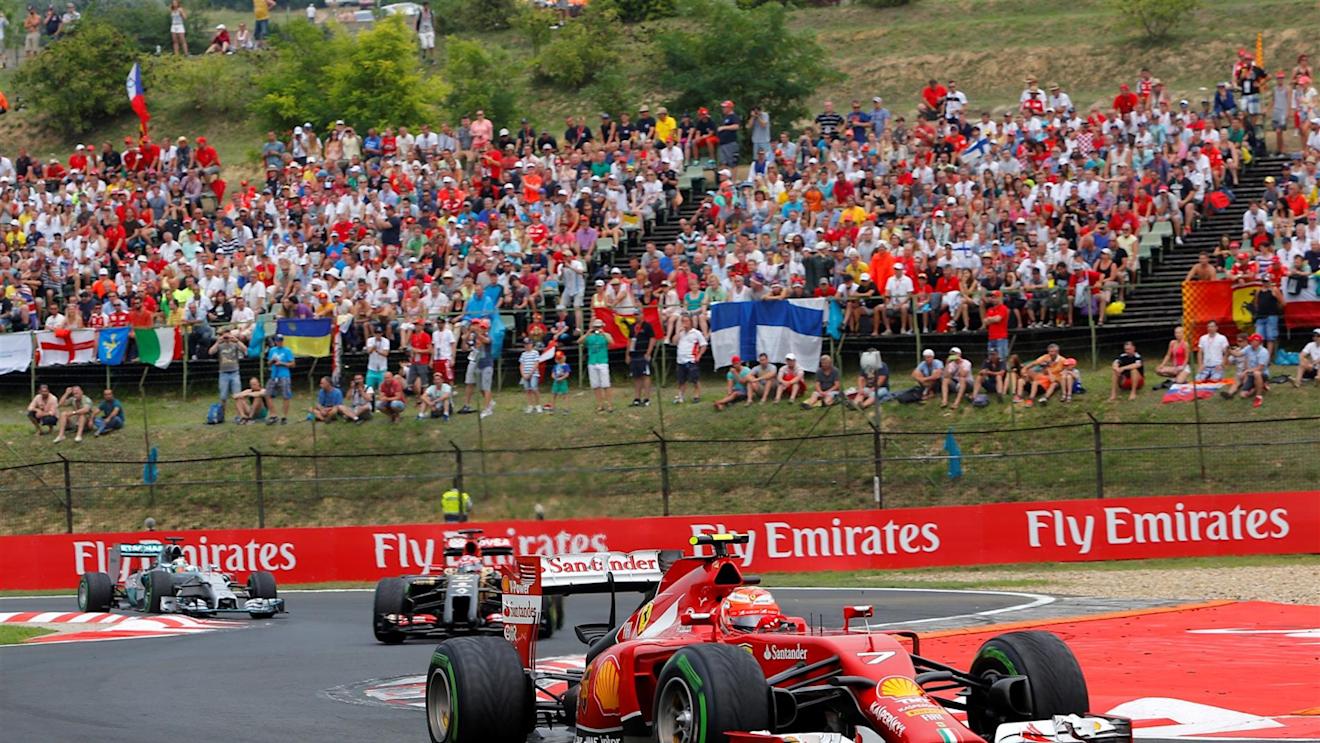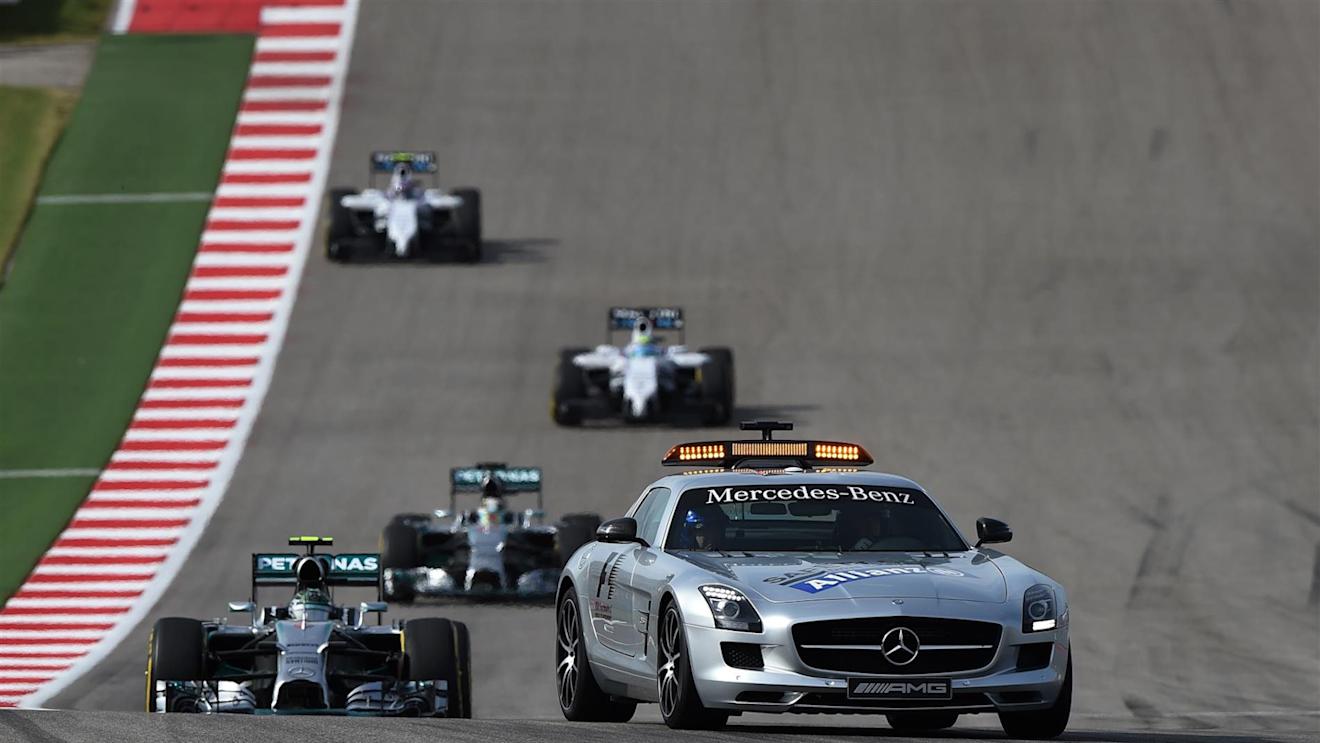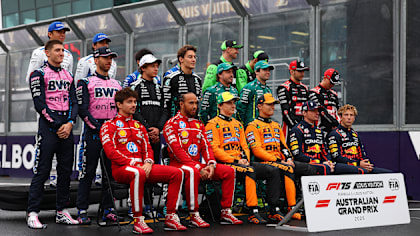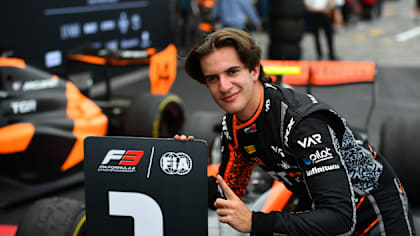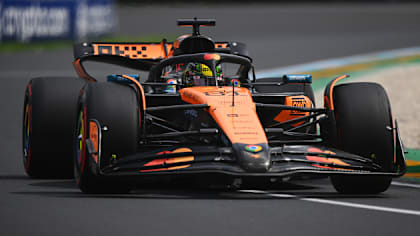Formula One racing's governing body, the FIA, has formally confirmed how the new virtual safety car (VSC) system will work ahead of the 2015 season.
The concept was introduced in the wake of Jules Bianchi's crash in last year's Japanese Grand Prix, and was trialled during practice at the last three races of 2014.
The procedures have now been agreed and set out as part of the 2015 sporting regulations, which state the VSC may be used to neutralise a race, and will "normally be used when double waved yellow flags are needed on any section of track and competitors or officials may be in danger, but the circumstances are not such as to warrant the use of the safety car itself".
1 / 3
Once the virtual safety car has been called, all electronic marshal panels around the track will display 'VSC', while teams will be notified via the official messaging system.
Drivers will not be allowed to enter the pits, unless changing tyres, and must stay above the minimum time set by the FIA at least once in each marshalling sector. Cars may not be driven "unnecessarily slowly, erratically or in a manner which could be deemed potentially dangerous," with those who fail to stay above the minimum time to be sanctioned by the stewards.
When the clerk of the course is satisfied it is safe to resume racing, teams will be notified via the official messaging system. Then, "at any time between 10 and 15 seconds later, 'VSC' on the FIA light panels will change to green and drivers may continue racing immediately". After 30 seconds, the green lights will be extinguished.
The FIA also formally confirmed that, as revealed in December last year, double points at the final round and standing restarts after safety car periods have been removed from the 2015 rule book.
